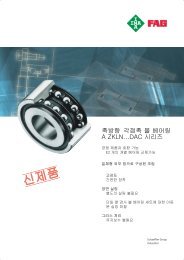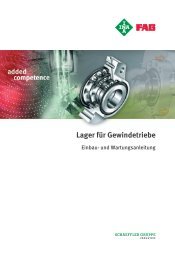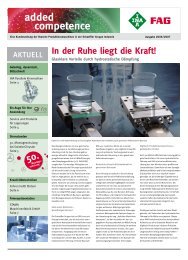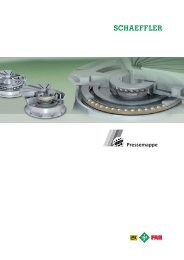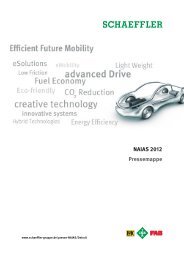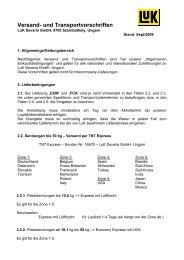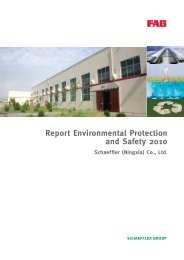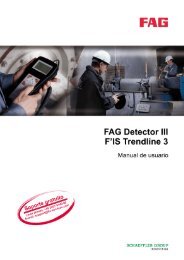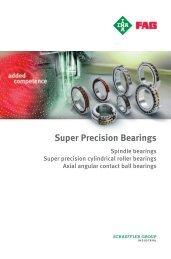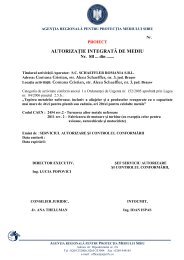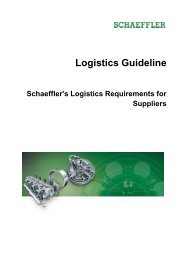Double clutch
Double clutch
Double clutch
Create successful ePaper yourself
Turn your PDF publications into a flip-book with our unique Google optimized e-Paper software.
9 <strong>Double</strong> <strong>clutch</strong><br />
Figure 19 Dry or wet double <strong>clutch</strong>?<br />
The decision in favour of a wet or dry double<br />
<strong>clutch</strong> depends on specific customer requirements,<br />
the vehicle and drive train parameters<br />
such as engine torque, startup ratio and vehicle<br />
weight as well as the design envelope and cooling<br />
conditions. The decision limits vary as a function<br />
of the vehicle category [11] (figure 19). An<br />
880Nm pickup truck may still be fitted with a dry<br />
double <strong>clutch</strong>, while a van with a 400Nm engine<br />
may require wet <strong>clutch</strong>es.<br />
In both cases, an electro-mechanical or electrohydraulic<br />
actuator system may be found to be<br />
advantageous where the aim is to achieve<br />
favourable fuel consumption compared with the<br />
state of the art or create the conditions for<br />
hybridisation. The solutions presented here<br />
show that this is not necessarily associated with<br />
complex solutions and additional costs.<br />
Since lever-actuated dry and wet <strong>clutch</strong>es have<br />
the same interface for introducing the actuation<br />
force, namely the engage bearings, a modular<br />
concept can be achieved [5, 11] (figure 20). In<br />
identical transmissions with electromechanical<br />
or electrohydraulic actuation of the gearshift,<br />
wet and dry <strong>clutch</strong>es can be arranged in the<br />
<strong>clutch</strong> housing with an identical <strong>clutch</strong> actuation<br />
system. All the necessary adaptations, such as<br />
additional mounting of the circulation pump and<br />
suction control valve for the wet double <strong>clutch</strong>es,<br />
can be restricted to the <strong>clutch</strong> housing, which<br />
must in most cases be adapted to the different<br />
engine flange mounting patterns anyway. As a<br />
result, the same basic transmission including<br />
the actuators can simply be matched to widely<br />
differing customer requirements and a futureproof<br />
solution offered that is matched to specific<br />
demands.<br />
134 LuK SYMPOSIUM 2006



